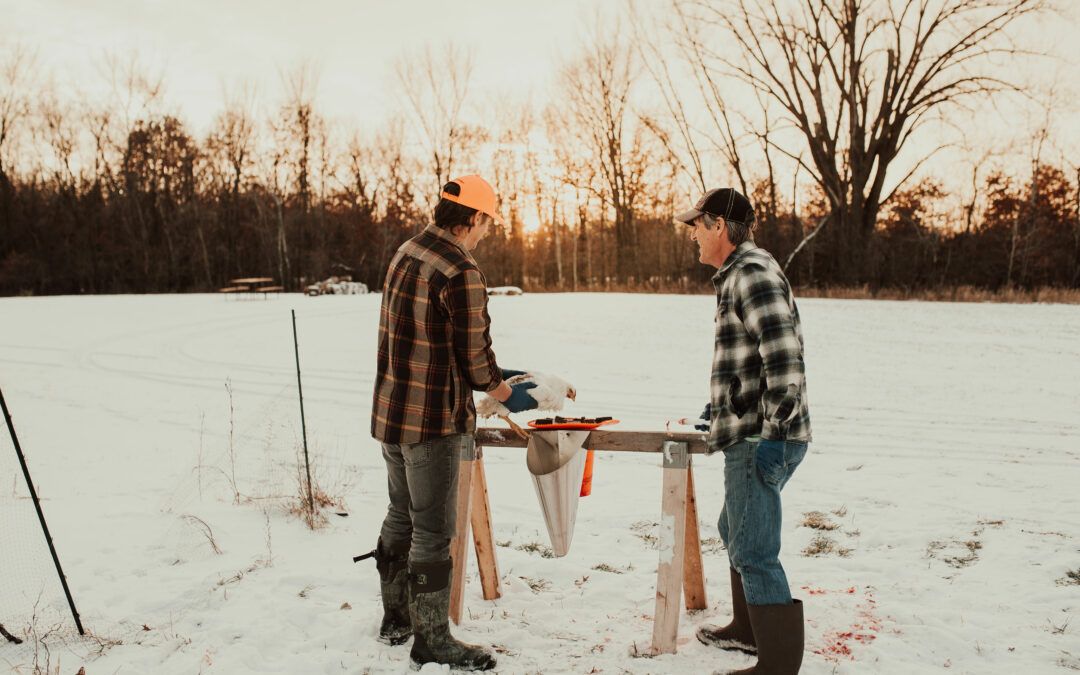Join us as we interview Anna Christian, popular blogger, designer, and social media influencer, as she discusses her experiences with raising and processing our Cornish Cross chicks this past fall.
What made you start raising and processing your own meat birds to begin with?
“Knowing where our food comes from is a special thing. Raising meat birds to butcher is far more preferable than buying from a supermarket, where the meat comes from chickens that are most often mass-produced, so you’ll never know anything about how they were treated.
“Raising our own meat birds means we have the opportunity to give them a happy life, feed them well, process them humanely with gratitude, and then have them nourish our family. It’s an interesting sense of being connected to nature, and the way that God made man and creature.
“This was actually the first Thanksgiving where I couldn’t bring myself to buy a “Jennie O.” I looked at the frozen bird in the grocery store, read the list of unnecessary ingredients on the packaging, and could not bring myself to leave with a bird I knew nothing about. This Thanksgiving, we chose to process two of our Cornish Cross early and ate our own farm-fresh chickens for Thanksgiving.”
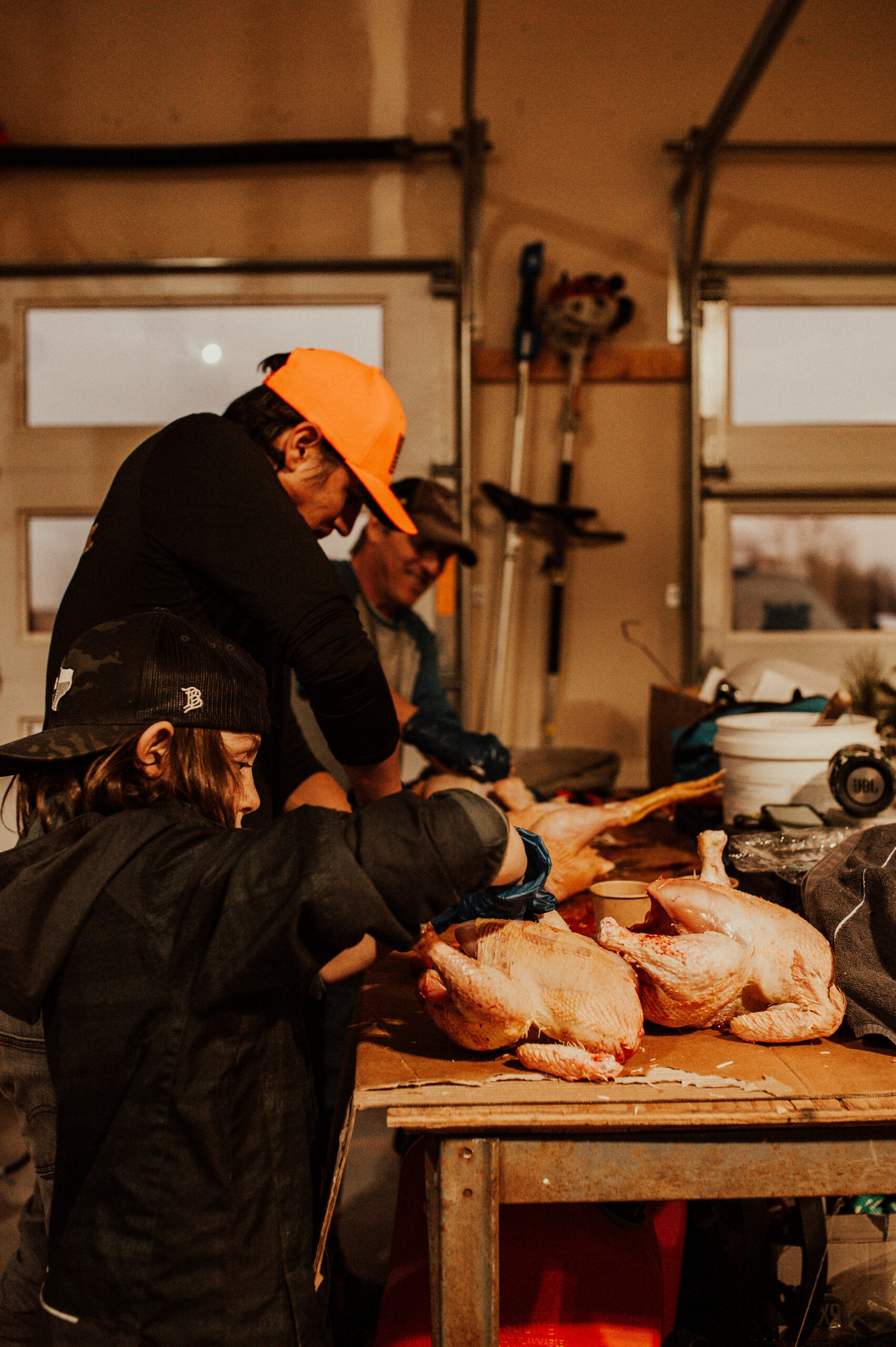
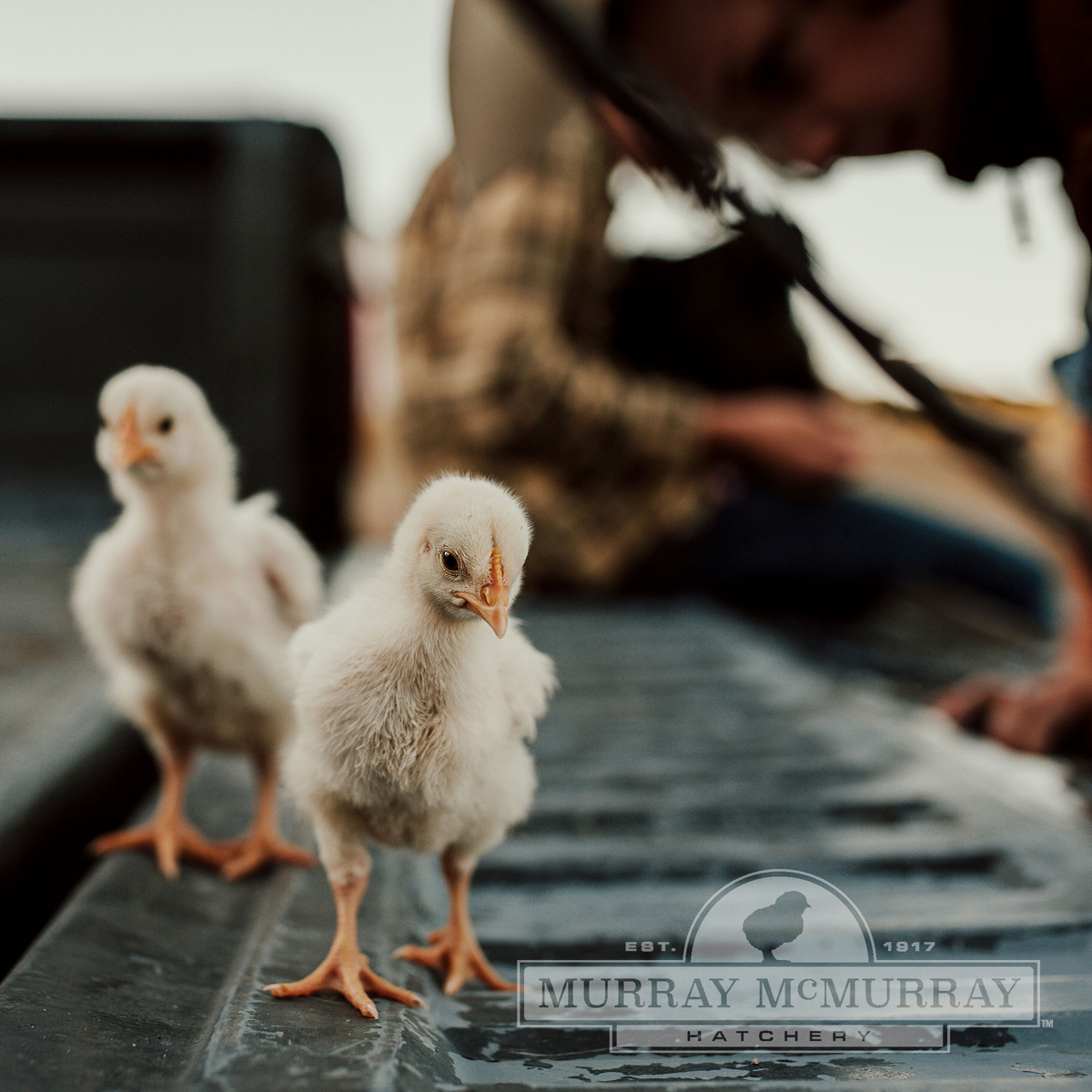
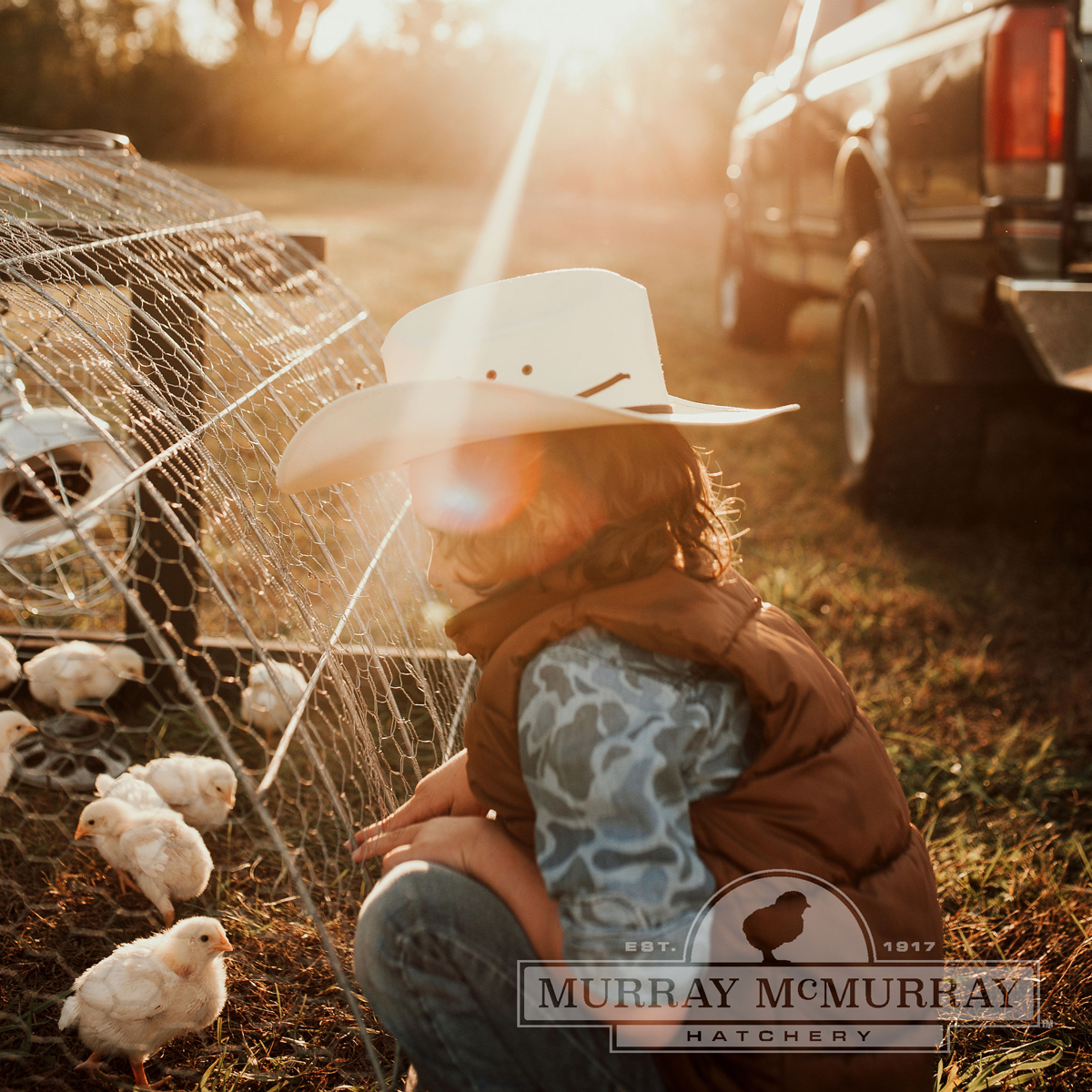

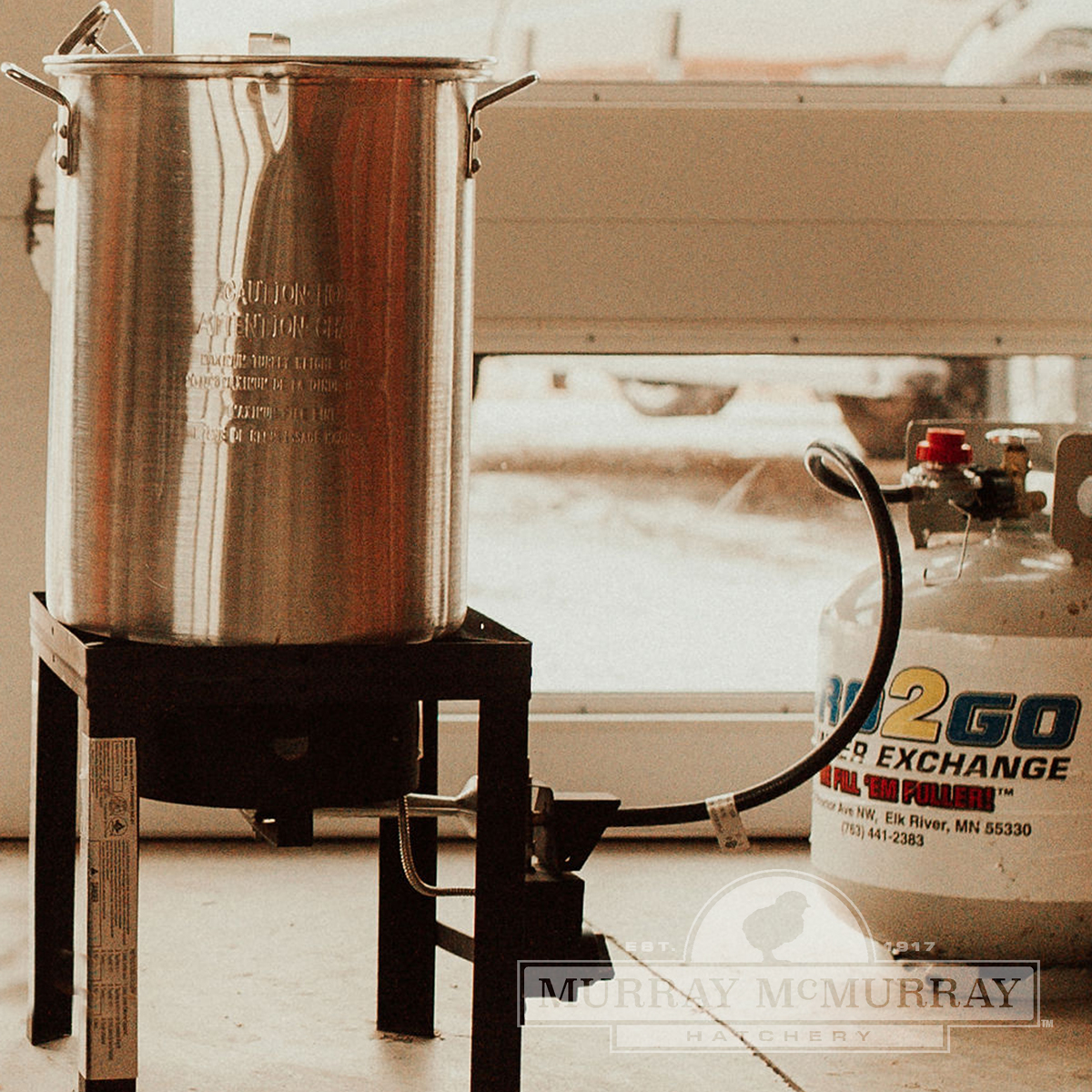

Tell us a bit about your experience with raising meat birds in the past.
“This was our 4th round of raising and processing our own meat birds. Living in Minnesota, we have always purchased spring chicks, then raised and processed them in the warmer months. Last year, we raised Murray’s Big Red Broilers. This year, we just wanted to try something different, so we went with Cornish Cross. Overall, I think the Cornish Cross are more tender and juicy than the Big Red Broilers we have raised.”
What process do you usually follow when raising your meat birds?
“We typically raise around 30 meat birds at a time. In the past, we have always ordered our chicks in the spring. Springtime chicks bring a sense of new life, as does the season itself. We let them free range and live completely outside with a chicken tractor for nighttime protection. They bask in the sunshine and have an endless supply of fresh grass, bugs, and dirt to dig in.”
What did you do differently this year?
“Aside from trying Cornish Cross out, this was our first time buying late fall chicks and processing in the winter. We were just so busy with baseball last spring but didn’t want to miss out on filling the freezer, so ended up raising them much later in the season than we ever have.”

Was raising/processing later in the season more challenging than doing it in the spring?
“The fall raising and winter butcher brought unforeseen challenges. Like any good small farmer, we modified our plans and made it work. The weather turned colder before our Cornish Cross were ready to be processed, and they ended up in the coop with our laying hens. It made for a tight living space, and no one was as happy as the days of the summer grazing.
“The grass and bugs began to die off, but our meat birds were still eating like crazy. This meant an increased cost of food, and more work to manage their waste. Because they grew so fast, their size was triple that of our petite Mille Fleurs. We had to keep the Milles separated from the meat birds inside the coop.
“There was also snow on the ground during butcher, so we processed partly outside and finished up inside of our heated garage.”
What are your plans for raising meat birds next season?
“Late fall/early winter meat chicks are certainly doable in other climates, but in a cold state, raising them later in the season comes with unavoidable trials.
“Next year, we would prefer to raise our meat birds in the spring and house them in extra large tractors. They will graze outside all day and snuggle in the safety of their enclosure at night. We want them to be outside on grass 100% of the time. We also plan to raise double the amount we normally do. 30 meat chickens is a good number to feed our family for a year, but we plan to raise more and sell them within our community.”
What advice do you have for people who are just getting started with raising their own meat chickens?
“There’s nothing to stress about! Chickens are as easy as cats. Just get started!”

Anna Christian and her family live on a modern 20-acre homestead in Minnesota. They raise laying hens, 4H show birds, and meat birds, which they process themselves. Christian and her family also garden and grow flowers, and run a small store hosting local goods and home decor. Christian’s popular blog features home design with a focus on simple living and modern styles. Photography has been her lifelong hobby, and many of her photos can be seen on the cover and throughout the McMurray catalog.
You can find Anna’s work on her website, and connect with her on social media.

